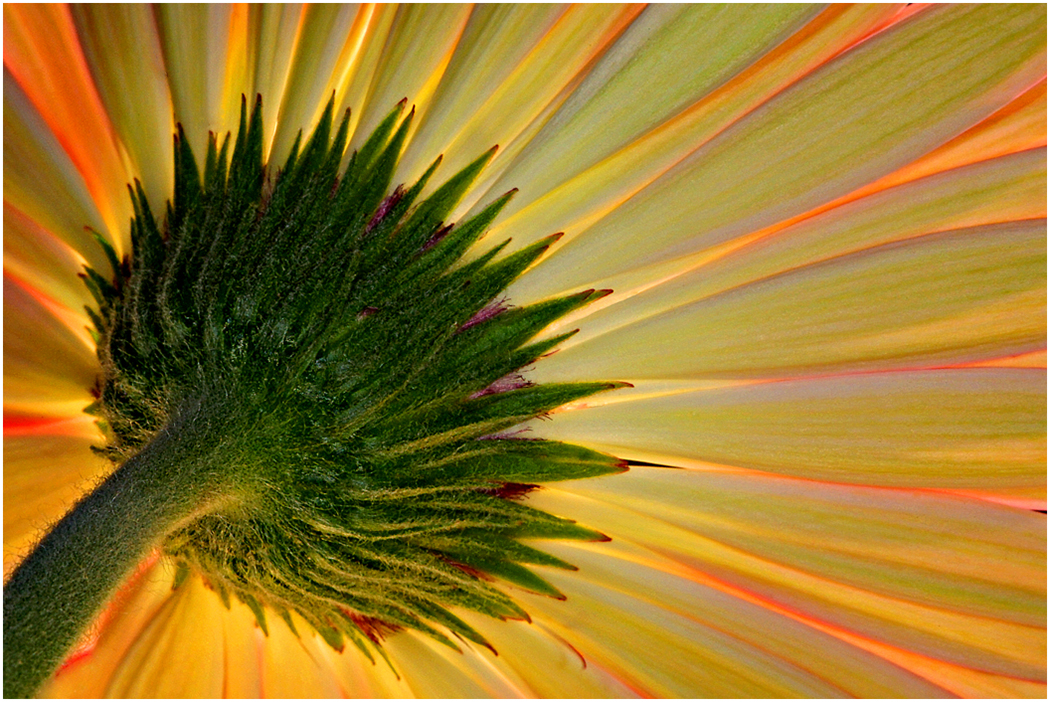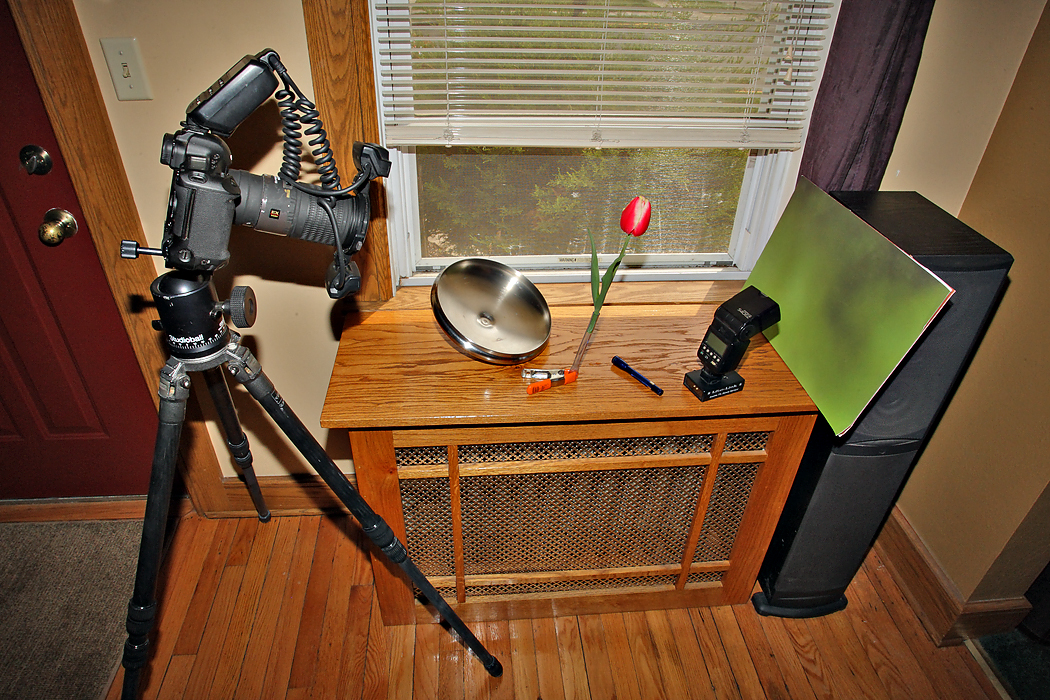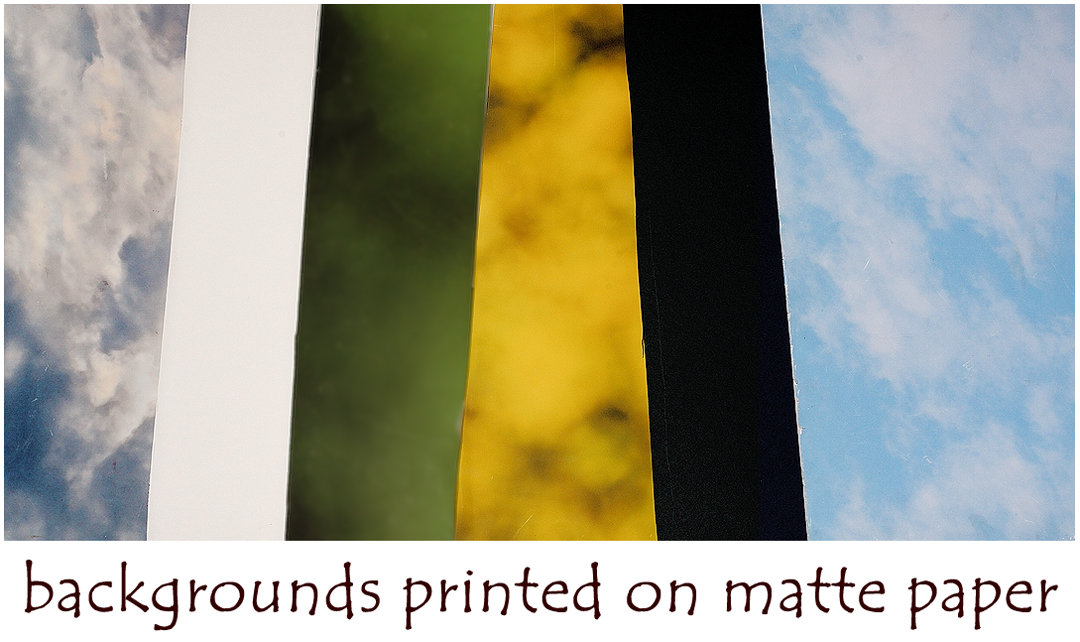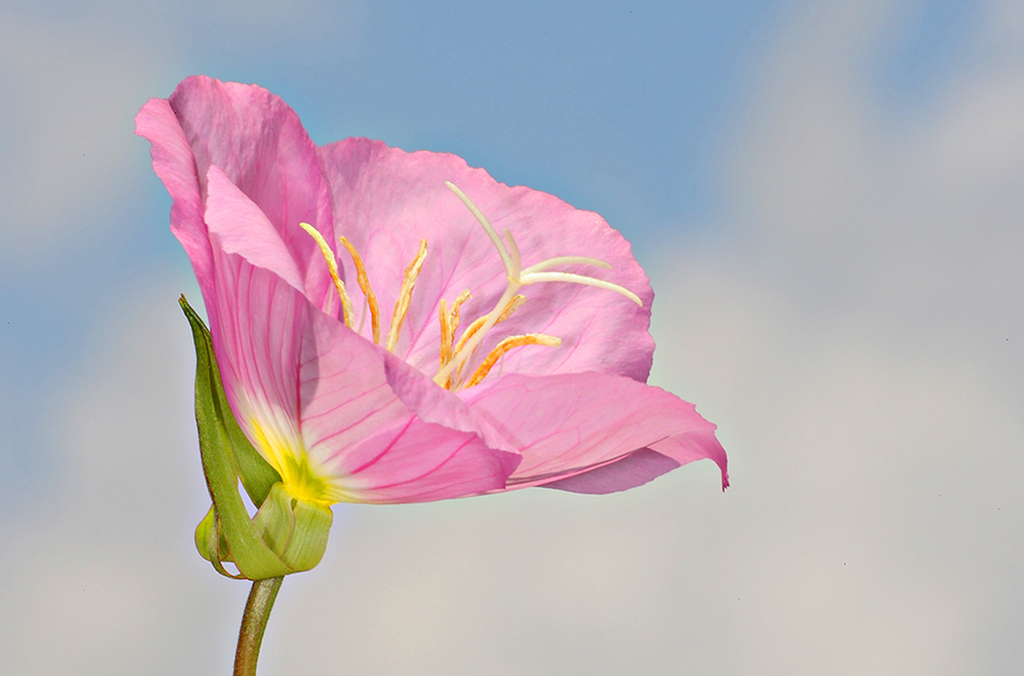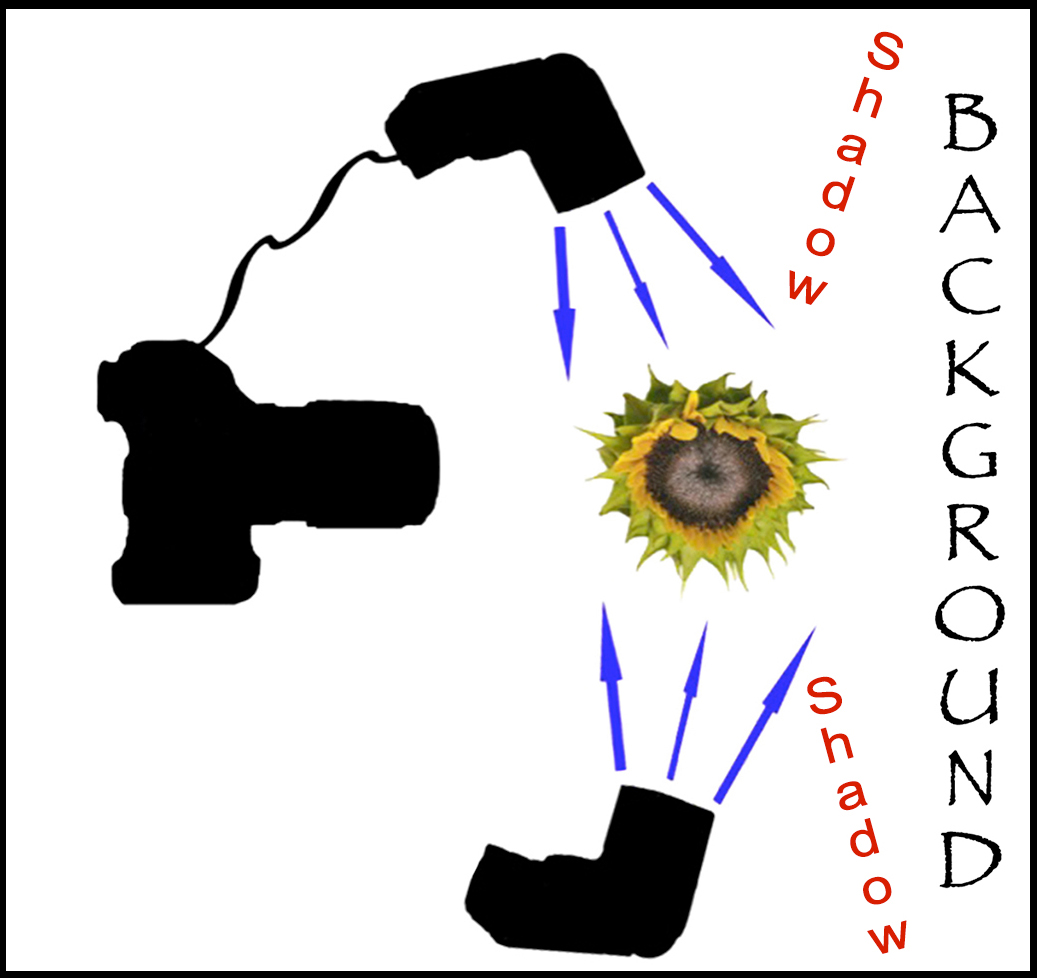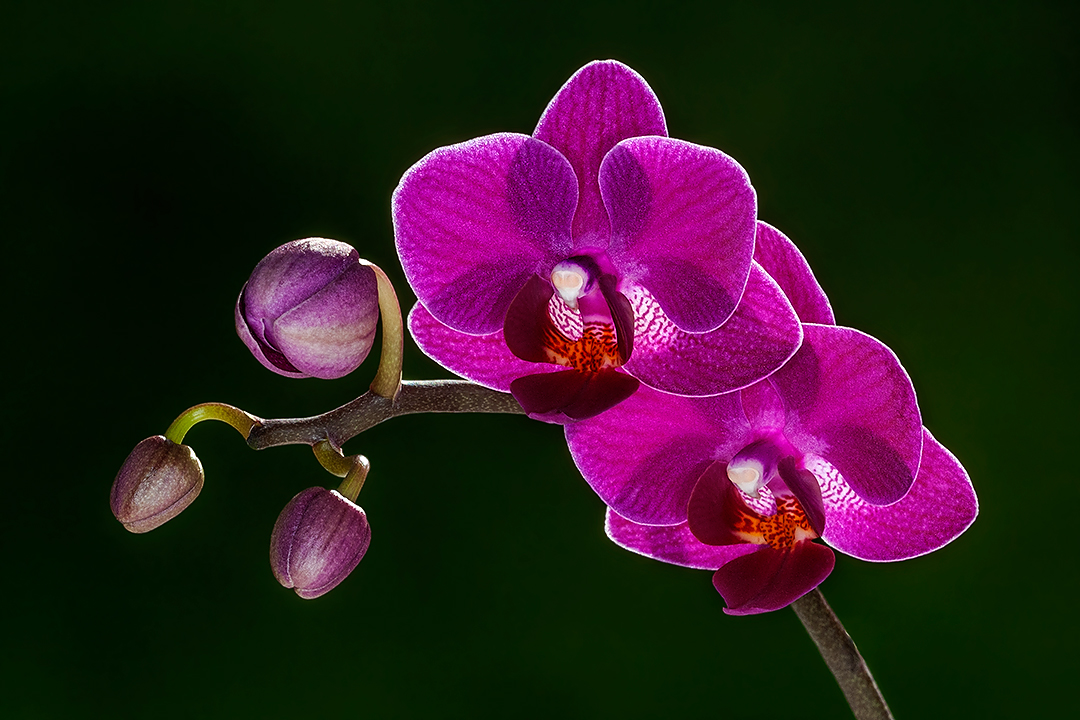Most people are comfortable creating macro images at shallow depths of field but find it challenging trying to get tack sharp images front to back. It becomes even more difficult when working out in the field using just natural light so I will share some tips and tricks to help you get those sharp images you are looking for. Unlike all other genres of photography, in macro photography, I have the most control and it is accessible to all of us 365 days of the year.
I bought the orchid pictured above this past January at a home improvement store specifically to photograph. Yes this was down in Florida but I also bought plenty of them back here in NJ for my workshops for participants to photograph even though it was freezing outside. At any time of year, most of us in the US can even walk into a supermarket and purchase flowers to photograph so the first secret is that most natural light macro photography with maximum depth of field is done indoors! By choosing a window that doesn’t get direct sunlight, you can now control the harshness of light. By working indoors, I can now control the background as well by using printed images of real greenery or skies for perfect images every time. Below are examples of my setup and a bunch of backgrounds I use, all printed on matte paper. The image of the flower below is done indoors with the setup and you may recognize the printed sky background. All the images in this post were done at either f/32 (with the older Sigma 180mm) or at f/22 with my new Sigma 150mm.
All the images in this post are either with the older version Sigma 180mm macro lens or now with the Sigma 150mm macro lens. Why? I like to photograph insects so the extra reach of those lenses allows me to photograph them at a distance so they wouldn’t spook! The Sigma 105mm macro is also very sharp and is an excellent choice when weight is an issue or you won’t really be photographing insects. Remember that you can use a combination of the teleconverter on the lens as well as extension tubes. In the image above I used the old version Sigma 180mm lens with a 1.4 teleconverter and a 20mm Kenko extension tube stacked, hand held, with the Canon MT24 EX twin lights at minus 1, ISO 800 at f22 for 1/100 sec. There lies yet another secret in my style of macro photography……I use flash on 95% of my macro subjects and it is the flash that is freezing the motion of me when hand holding as well as my subject! Pushing the ISO to 800 also allows for the most amount of natural light before my Canon 1D Mark 3 starts to show noise.
Need more proof of the power of flash? The image above is of a water drop collision that I did with the queen of this type of photography, Susan Candelario. Imagine the shutter speed you would need to freeze that moment. The reality is that we were at f/22 for 1/100second at ISO 800 and two Speedlights powered down to 1/32 power and bounced off colorful paper. It is always best to get the flash off the hotshoe because if you aim directly at your subject, you will get harsh shadows and even cast as shadow on your background as illustrated in the image below.
My favorite flash is the Canon MT24 EX twin lites but I have started using the Sigma EM-140 DG ring light as it is a more affordable alternative to the twin lites from both Canon and Nikon and performs almost as well! The versatility of the twin lites is a bit better especially when photographing distant objects or things that are extremely close but at less than half the price, it is a decision I will leave for you. Some other accessories that I almost always use are the Gisteq LED video light and some sort of Plamp or clamp to hold my subject, and a 5 in 1 reflector. The Gisteq light is very versatile both in the field and in the studio as it allows me to control the light color temp and use it as backlight, sidelight, or even front lighting. In the orchid image below, I used it to rim light the flower from below.
Using all these light sources and tricks allows me to achieve maximum depth of field while handholding. Even out in the field I don’t have to worry about wind or the elements as the flashes combined with plenty of natural light and other light sources will allow me to get tack sharp images front to back at all times. It gets much easier if you can use a tripod indoors and I hope I have shown you some ides and tricks you can use for your own macro photography.
If you would like more macro tips and tricks you can find it in my e-book CD: “Taking Your Macro Photography to the Next Level”. If you want even more in depth learning consider joining me on one of my workshops or tours. I take only 4 people on my US based tours. You can find all the information at: www.roaminwithroman.com
